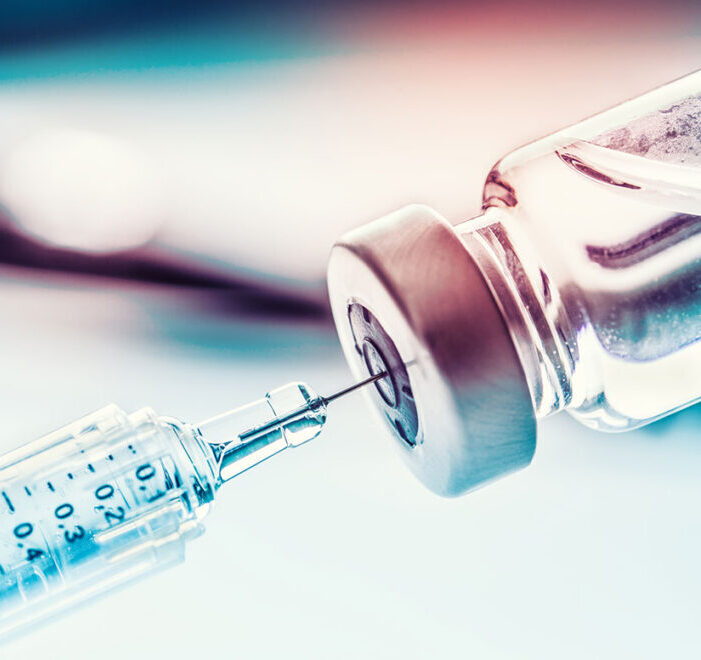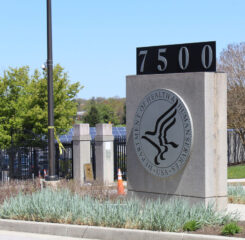HHS Vaccine Distribution Shifts in Response to Need, Supply
At a January 12 news briefing, HHS Secretary Alex Azar II announced the federal government is releasing the entire supply of vaccines it has on hand for order by states rather than holding second doses in physical reserve, is expanding groups getting vaccinated “because state restrictions on eligibility have obstructed speed and accessibility of administration,” is telling states to expand the channels and access points for administering vaccines, and will change how HHS allocates doses to states in order to encourage states to support rapid vaccination and focus on the most vulnerable.
HHS is now making the full reserve of doses it has available for order. “We are 100% committed to ensuring a second dose is available for every American who receives a first dose. Let me repeat that: our approach continues to ensure that there will be a second dose available for someone who gets a first dose of vaccine,” Secretary Azar said. “Based on the science and evidence we have, it is imperative that people receive their second doses on time—that’s what the science says, and ignoring that would be reckless.”
Secretary Azar said there is now a consistent pace of vaccine production and second doses can be supplied by doses coming off of manufacturing lines with quality control. Going forward, each week, the Secretary said, doses available will be released to first cover the needed second doses and then to cover additional first vaccinations. LeadingAge understands that second doses for the Pharmacy Partnership for Long-Term Care Program will continue to be held in reserve by the pharmacy partners.
On expanding groups getting vaccinated, Secretary Azar said, “We are telling states they should open vaccinations to all people age 65 and over, and all people under age 65 with a co-morbidity, with some form of medical documentation, as defined by governors.” At the same briefing, Operation Warp Speed Chief Operating Officer General Gustave Perna talked about progress made with the Pharmacy Partnership for Long Term Care Program with more than one million vaccinations thus far.
To support expanding the channels for vaccine distribution, HHS told governors last week that states could start using pharmacies enrolled through the CDC’s Pharmacy Partnership program with 19 pharmacy chains and associations. This, Secretary Azar said, allows states to allocate vaccines directly to these partners, and these partners can then administer vaccines to particular groups, and eventually to the general public. HHS is also activating the nation’s 13,000 federally qualified community health centers for vaccination.
Regarding coming changes to how HHS will allocate the vaccine to states, Secretary Azar said that, starting in two weeks, HHS will change how it allocates first doses among the states “in order to ensure doses are being put to use and put to use for the most vulnerable.” HHS will be allocating vaccines based on the pace of administration as reported by states and by the size of the 65 and over population in each state. Secretary Azar said it is giving states two weeks’ notice of this shift “to give them the time necessary to plan and to improve their reporting if they think their data is faulty.”

 Shutdown Week Three: Impact of Ongoing Closure on Affordable Housing
Shutdown Week Three: Impact of Ongoing Closure on Affordable Housing


